Architectural History: Read Buildings, Spot Styles, Know Why They Matter
A single Roman arch still holding a bridge after two thousand years explains more about engineering than any textbook. Architectural history is the story of how people made places to live, worship, and work and how those choices shaped daily life. Learning this history helps you recognize styles, date buildings, and make smarter design or renovation choices.
Start with forms and materials. Stone, brick, timber, steel, and concrete show when builders had new tools or ideas. Rounded arches and thick walls suggest Romanesque; tall pointed arches and stained glass point to Gothic. Columns and balanced proportions often mean Classical influence, while flowing lines and nature motifs hint at Art Nouveau. Modern glass boxes usually signal 20th century engineering and minimal ornament.
Look for context. A style appears for reasons you can see: wealth, religion, technology, or national pride. Baroque reached for drama when elites wanted power on display. Georgian facades reflected order and balance during urban growth. Industrial materials like cast iron and glass created new building types such as train stations and markets. Think about who paid for the building and why.
Use simple dating tricks. Roof shapes, window types, and decorative motifs change slower than politics, so they are reliable clues. Gambrel roofs often mark Dutch Colonial influence. Mansard roofs shout Second Empire or French influence. Metal sash windows and curtain walls point to modern movements. If a building mixes styles, repairs or additions often explain the mix.
Preservation tells a story about values. Why a community saves a courthouse or tears down a factory reveals what people value now. Preservation methods vary: adaptive reuse keeps structures useful; strict restoration aims to look like the original; reconstruction rebuilds lost parts. Spotting new materials and finishes can reveal recent conservation choices.
Want practical ways to learn? Walk neighborhoods with a simple list: note columns, arches, rooflines, window patterns, and ornament. Take photos and compare them to short style guides or museum labels. Visit a local archive or city planning office to see original permits and old photos. Online map layers and historical databases often reveal changes over decades.
If you read buildings, you also read societies. Architecture records trade routes, migration, and technology shifts. A facade made with imported marble signals trade; a mixed-style house often shows cultural blending. Use architecture as a starting point for wider history research.
Three quick tips for spotting styles on the go: focus first on roofline and windows, then on materials, and finally on details like columns or carvings. One reliable practice is to ask a local guide one question: When was this built and who used it? Their answer gives an immediate layer you won’t find in a book.
Architectural history is both practical and rewarding. It trains your eye, informs design choices, and connects buildings to the people who built and used them. Keep looking, ask questions, and every street will start telling stories.
Next steps
Start with one building a week: sketch details, note dates, and collect short reference photos.
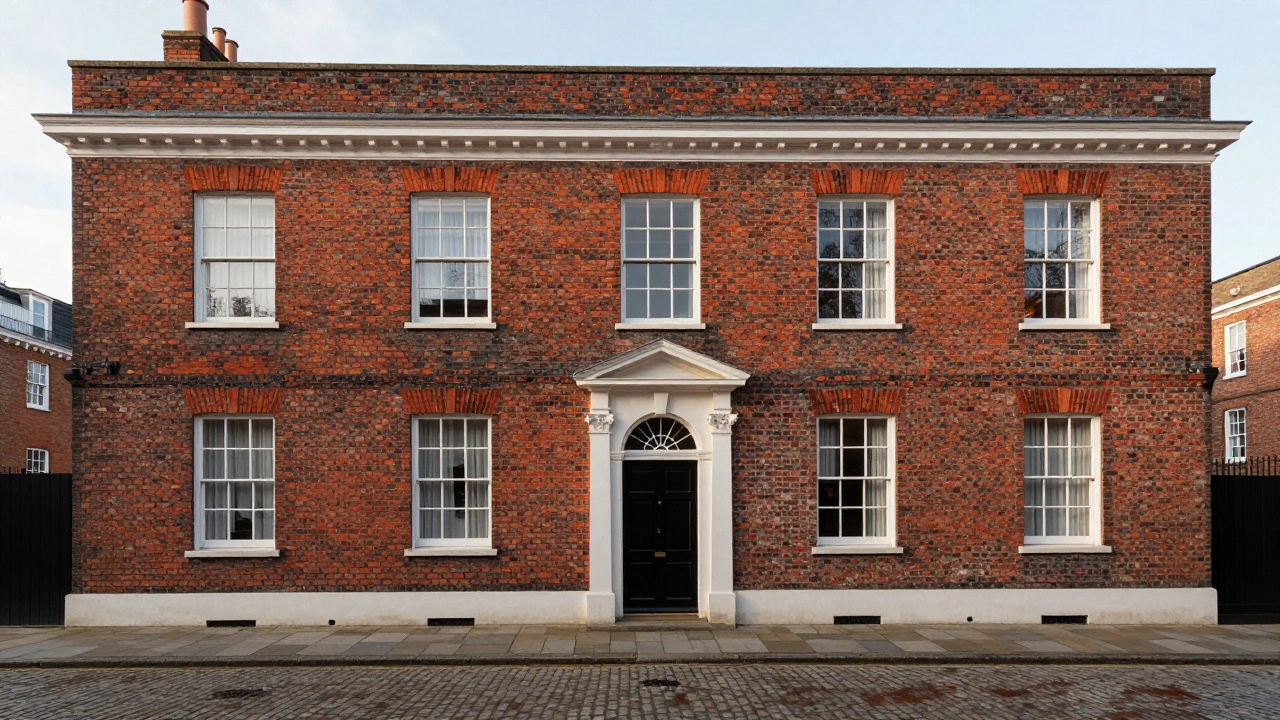
How Georgian Architecture Evolved Through Centuries
Georgian architecture evolved from classical principles into a timeless style defined by symmetry, proportion, and craftsmanship. Built between 1714 and 1830, its enduring appeal lies in its durability, functionality, and quiet elegance.
Read more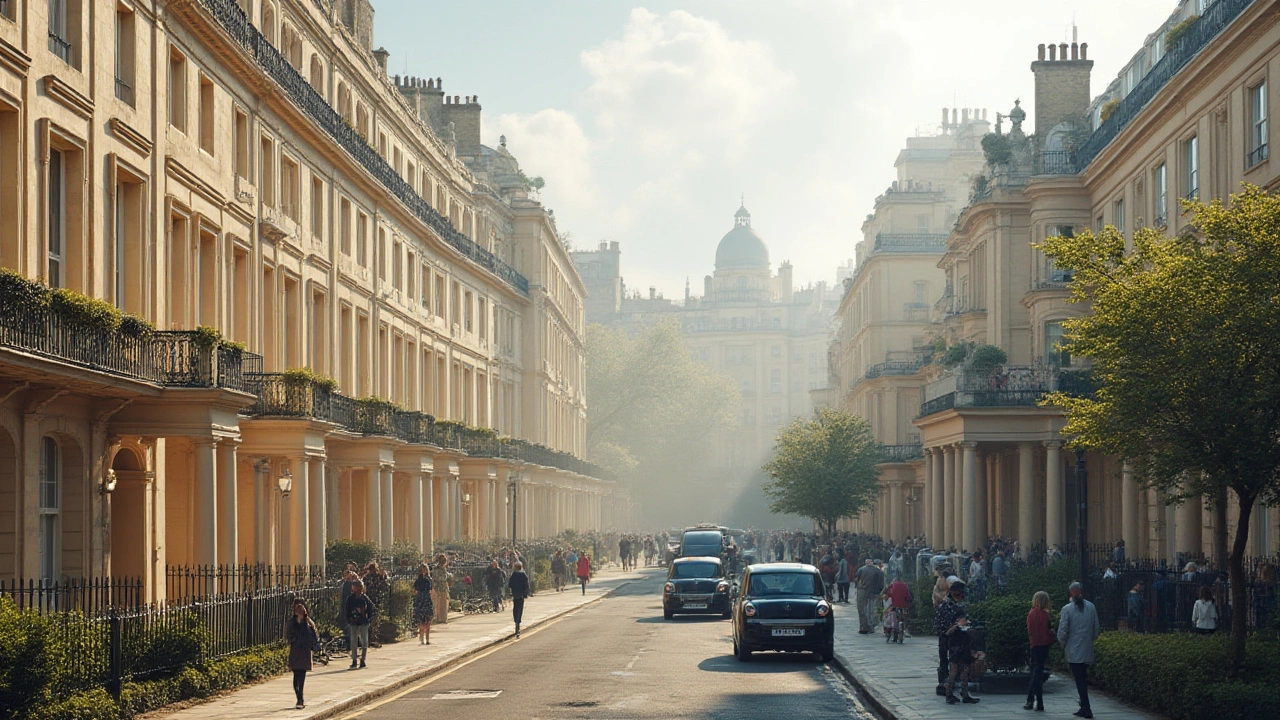
Georgian Architecture Influence on Modern Urban Design: A Deep Dive
Explore how Georgian architecture shaped city layouts, building styles, and community planning. Learn about its history and lingering impact on today's urban spaces.
Read moreBeaux-Arts Architecture: Stunning History, Design, and Iconic Examples
Dive into the vibrant world of Beaux-Arts architecture—its bold history, trademark design features, and legendary buildings that still mesmerize today.
Read more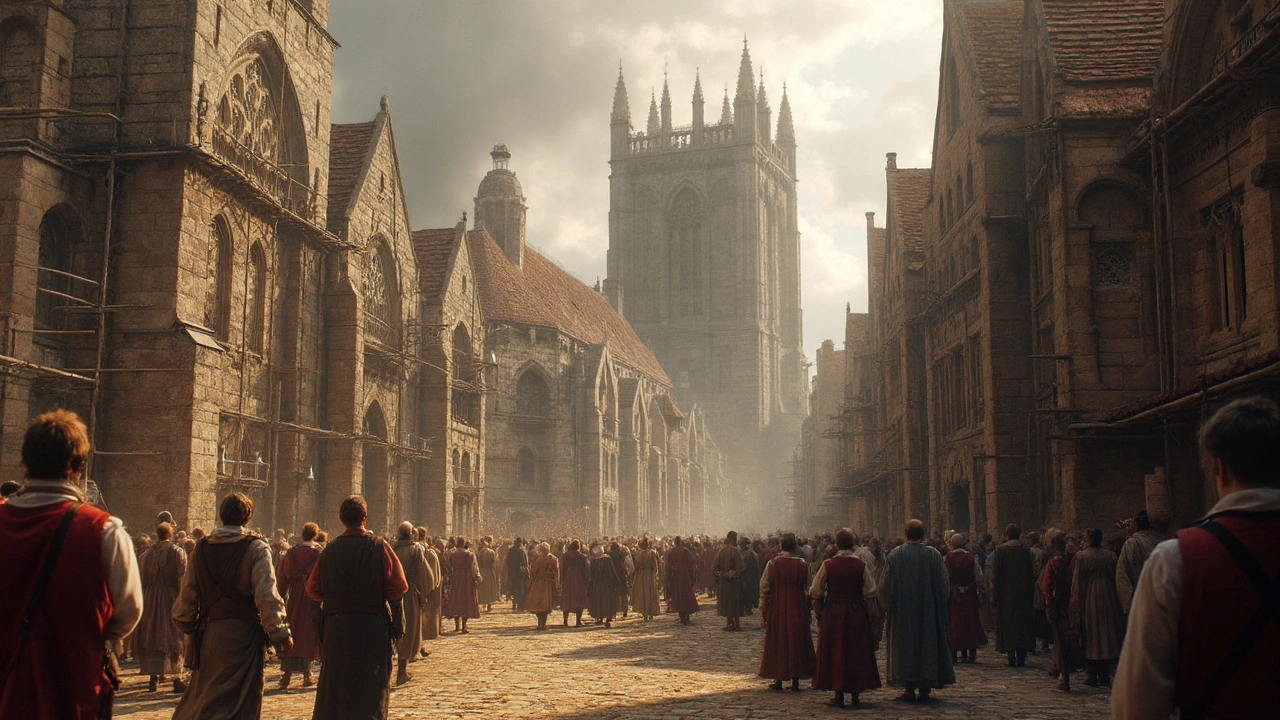
Romanesque Architecture: The Birth of a Grand Style
This article breaks down what makes Romanesque architecture stand out, from its chunky stone walls to its famous rounded arches. You'll get a sense of why this style took off around Europe during the Middle Ages. Curious about the first cathedrals and how people actually built them without cranes? We’ll cover that. Expect stories, unexpected facts, and some tips if you ever set foot in an old Romanesque church.
Read more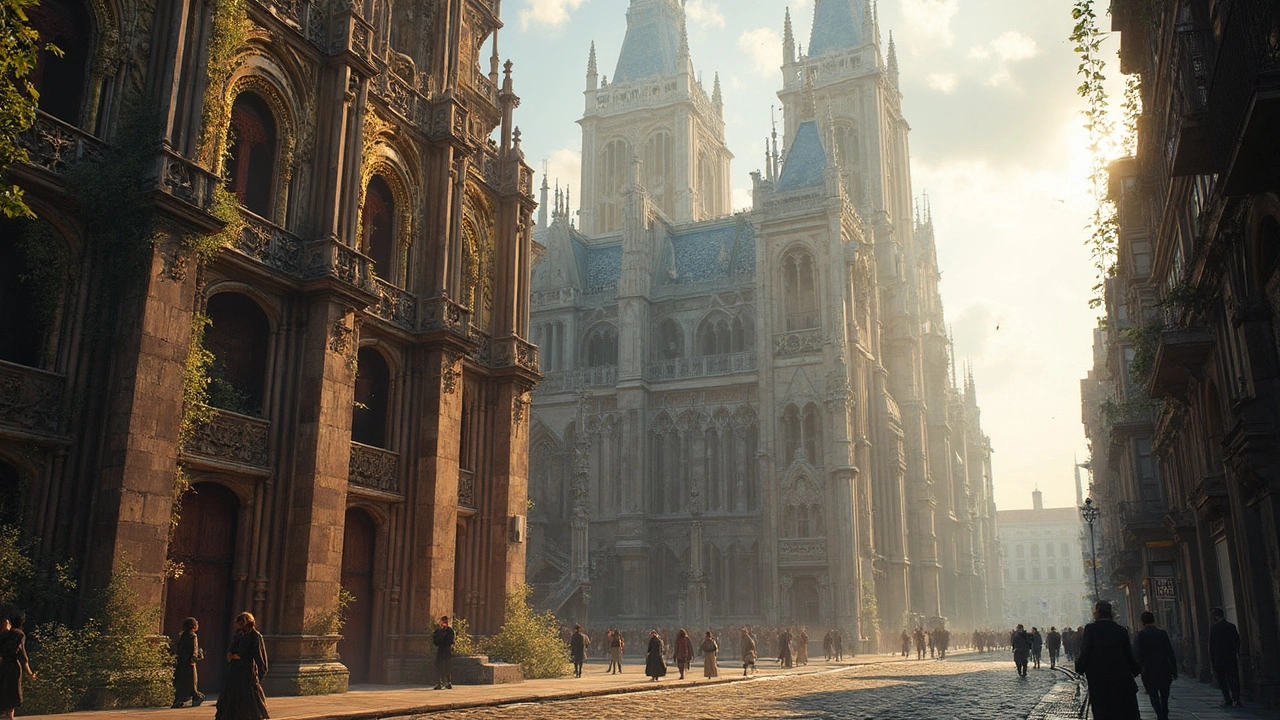
Baroque Architecture: Where Art Meets Faith
Baroque architecture is not just about grand buildings but about the spirit of an era where art and religion intertwined. Emerging in the 17th century, it emphasized grandeur, drama, and movement, reflecting the power and glory of the church. This article explores how Baroque architecture changed the landscape of religious buildings and left an enduring mark on art and design. Dive into the ornate details and understand how this style continues to capture imaginations.
Read more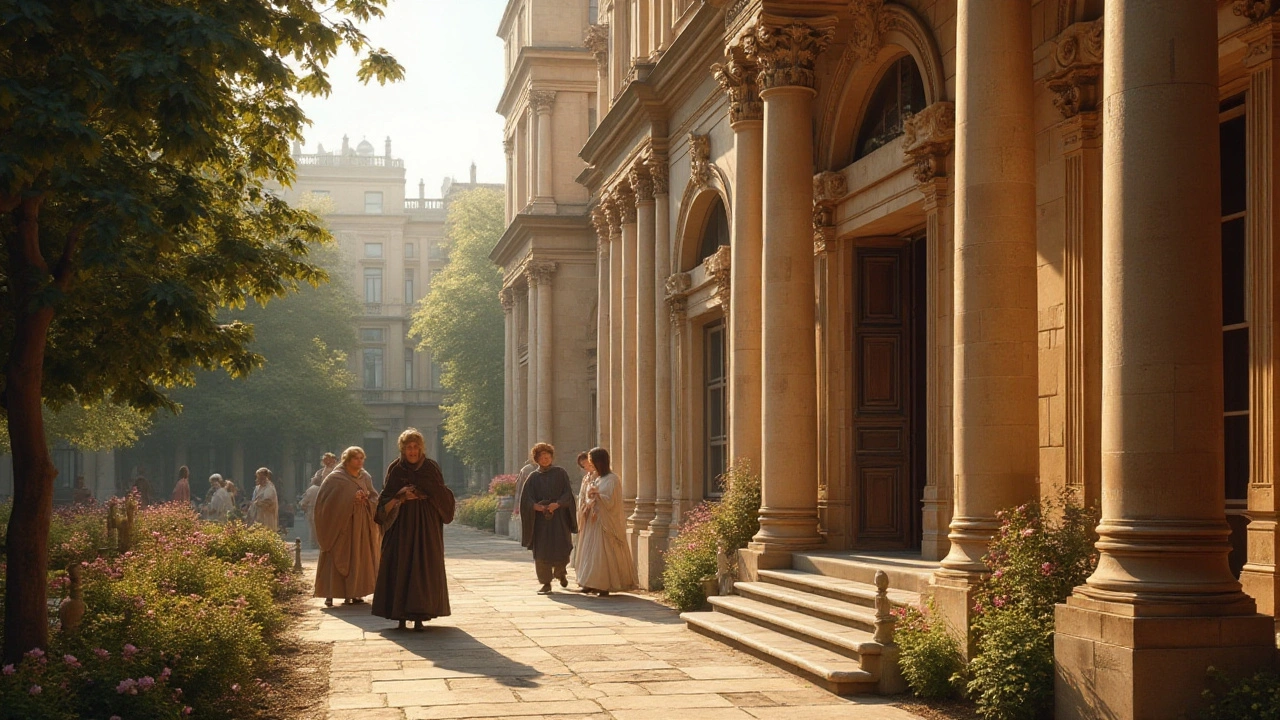
Exploring Renaissance Architecture: The Art of Enlightenment and Innovation
Renaissance architecture, emerging in the 14th century, marks a revival in classical learning and wisdom. This article navigates through its unique features, historical context, and notable examples, offering insights into an era where beauty and intellect were gloriously intertwined.
Read more
Exploring the Wonder of Byzantine Architecture: A Comprehensive Review
Discover the rich and elaborate world of Byzantine architecture. This captivating style combines artistic flair and engineering marvels, reflective of the empire's power and religion. Explore iconic structures, key features, and their lasting impact on architecture.
Read more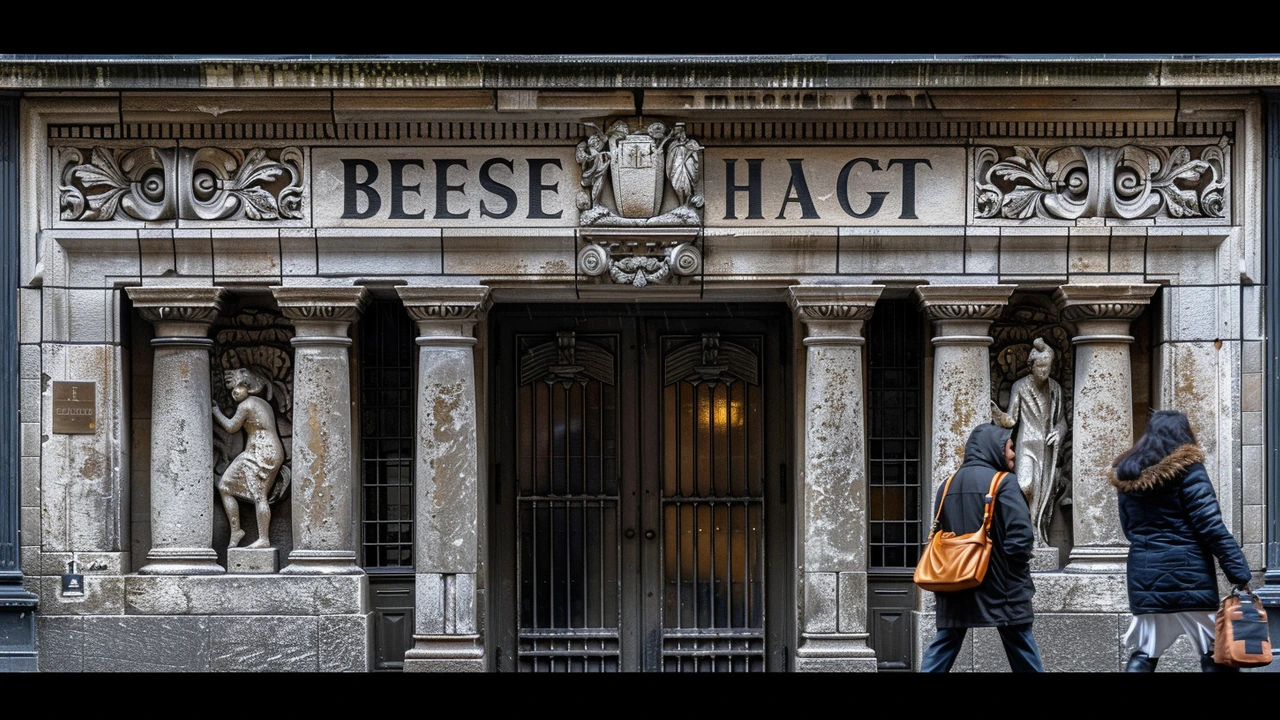
Unveiling the Grandeur: A Deep Dive into Beaux-Arts Architecture's Rich History and Legacy
Explore the captivating world of Beaux-Arts architecture; a style that epitomizes grandeur, opulence, and meticulous craftsmanship. This detailed exploration delves into its origins, key characteristics, notable examples, and lasting impact on the architectural landscape. Discover the intricate details that define Beaux-Arts architecture and how it has influenced modern architectural practices. This article offers a comprehensive understanding of a style that has shaped the aesthetics of buildings across the globe, standing as a testament to the enduring allure of classical design principles.
Read more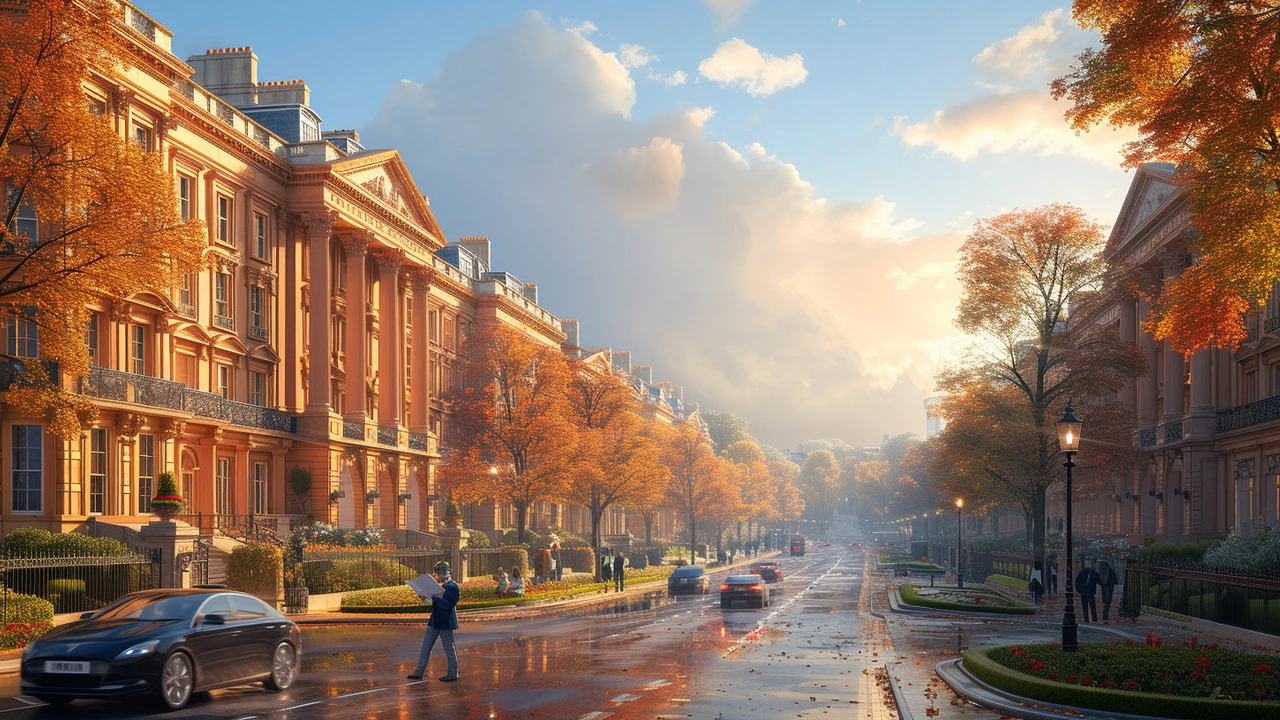
Exploring Georgian Architecture's Impact on Urban Landscape Design
Georgian architecture has played a significant role in shaping the urban landscapes of cities around the world. This article delves into the history of Georgian architecture, its defining characteristics and how it has influenced modern urban landscaping. Readers will gain insights into the elegance and functionality of Georgian design elements, and how these have been adapted in contemporary city planning. The article also highlights the importance of preserving Georgian architectural heritage in urban environments.
Read more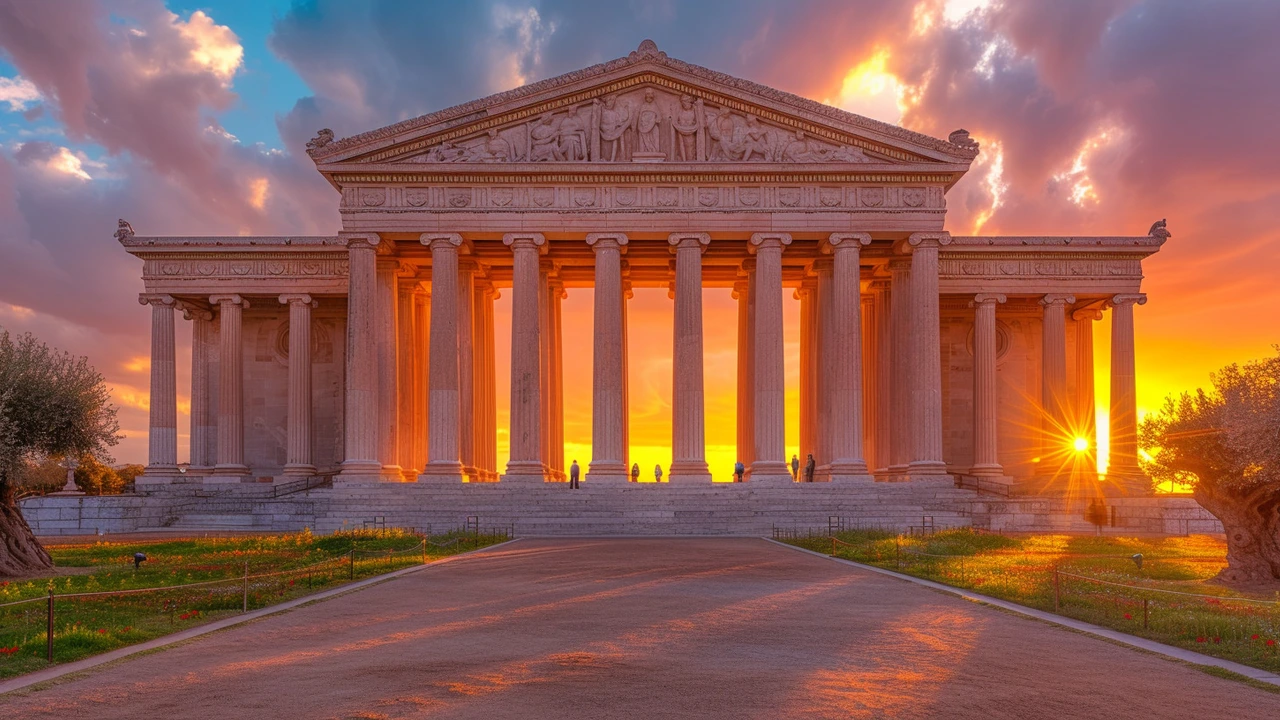
Beaux-Arts Architecture: An Ode to Classical Elegance
Hi there, fellow architecture enthusiasts! This post is going to take us on a journey through the timeless spectacle of Beaux-Arts architecture, a real celebration of classical elegance. Get ready to delve deep into the history behind this iconic design style, exploring its grandeur, charm, and influence on modern structures. I assure you, it’s quite a treat for those of us fascinated by the art of building design. Brace yourselves, it's going to be both enlightening and captivating!
Read more